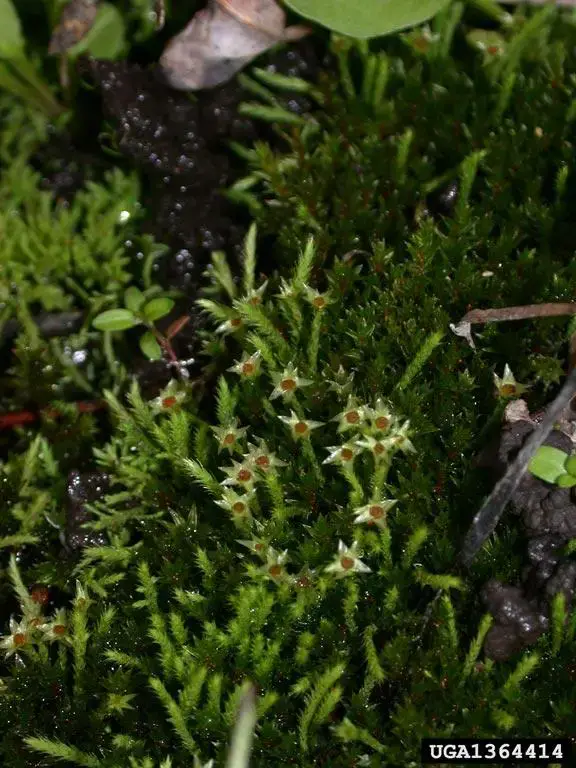
chengyanfang-15350410.jpg from: https://www.21food.com/offerdetail/259090/philonotis-moss-extract.html
Exploring the Fascinating World of Philonotis moritziana Moss
Mosses are small but mighty plants that play important roles in ecosystems around the world. One particularly interesting species is Philonotis moritziana (Hampe) A.Jaeger, a moss in the Bartramiaceae

2083155979_a0ef24f856_z.jpg from: https://www.flickr.com/photos/stationalpinejosephfourier/2083155979
family. Also known simply as Philonotis, this diminutive plant is worth taking a closer look at.
Background on Philonotis Mosses

141905.jpg from: https://www.calflora.org/app/taxon?crn=12761
The genus Philonotis contains around 200 species of mosses found across the globe. These mosses belong to the class Bryopsida in the phylum Bryophyta. Philonotis mosses are acrocarpous, meaning they produce sporophytes at the tips of their stems. Many species prefer damp, calcareous habitats like seeps, springs, and stream banks.
Morphology and Identification of P. moritziana
P. moritziana forms small tufts or cushions of bright to yellow-green, somewhat glossy plants. The stems are usually under 2 cm tall. The

Philonotis-fontana-4-300×199.jpg from: https://ohiomosslichen.org/moss-philonotis-fontana/
leaves are lanceolate and have serrated margins, especially near the leaf tips. When dry, the leaves become twisted and contorted.
One key identifying feature is the strong costa (midrib) that extends to the leaf tip or just beyond.

medium.jpeg from: https://www.inaturalist.org/taxa/123640-Philonotis
Capsules are produced on long setae and are inclined to horizontal and furrowed when dry. Spores mature in the summer.
Global Distribution and Habitat
This species has a scattered global distribution, being found in parts of Europe, Asia, Africa, and the Americas. It grows on damp soil, rocks, or concrete, often in basic or calcareous conditions. Typical habitats include seeps, waterfall spray zones, and mortar in urban areas. In some regions it is considered a pioneer species that colonizes disturbed sites.

1364414.jpg from: https://www.forestryimages.org/browse/detail.cfm?imgnum=1364414
Ecological Roles and Adaptations
Like other mosses, P. moritziana plays important roles in its ecosystems:
- Helps retain moisture and prevent erosion
- Provides shelter and food for micro-organisms and invertebrates
- Contributes to nutrient cycling and soil formation
- Acts as a bioindicator of environmental conditions
This moss has several adaptations that allow it to thrive in its preferred habitats:

3258-l-4.jpg from: https://www.wildflowers.co.il/hebrew/picture.asp?ID=19288
- Twisting leaves that help reduce water loss
- Rhizoidal tubers that store starches
- Tolerance of calcareous substrates
Conclusion
From its tiny leaves to its globe-spanning distribution,

3258-l-1.jpg from: https://www.wildflowers.co.il/hebrew/picture.asp?ID=19285
Philonotis moritziana is a prime example of how fascinating mosses can be. The next time you see a clump of moss growing on a damp rock or wall, take a moment to appreciate the complex little world it represents. What other secrets are these unassuming plants hiding?

3258-l-2.jpg from: http://www.wildflowers.co.il/hebrew/picture.asp?ID=19286

medium.jpg from: https://www.inaturalist.org/taxa/485470-Philonotis-arnellii